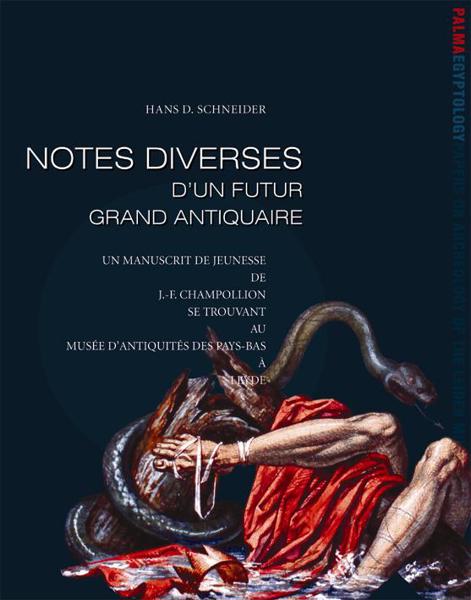
The Tomb of Meryneith at Saqqara
Maarten J. Raven, R. van Walsem
- Pages: 352 p.
- Size:220 x 280 mm
- Illustrations:925 b/w, 164 col., 40 tables b/w.
- Language(s):English
- Publication Year:2014
- € 115,00 EXCL. VAT RETAIL PRICE
- ISBN: 978-2-503-54876-0
- Paperback
- Out of Print
This funerary monument of a high Memphite official was discovered by a joint expedition of the Leiden Museum of Antiquities and Leiden University in 2001. Meryneith started his career as steward of the Memphite temple of the sun god Aten during the reign of the heretic pharaoh Akhenaten. During midlife, he may have joined the court set up by the Pharaoh at the new capital at Amarna. He ended his career under Tutankhamun as high-priest of the Aten in the Memphite temple again. Thereby, the importance of the tomb of Meryneith lies in the fact that for the first time it allows us to witness various stages in the rise and fall of the Amarna heresy from a Memphite point of view. Thus the tomb-owner was apparently forced to change his name from Meryneith – with its reference to the now proscribed goddess Neith – into Meryre. Several other variants of his name and some additional titles came to light, revealing various stages in his career. These stages mirror the ideological developments of the Amarna Period and its immediate aftermath, which are further illustrated by the different styles of the decoration of the tomb. This proved to be remarkably well preserved and consists of both wall-reliefs and paintings on mud plaster. Thanks to the evidence of the inscriptions, it can be observed how the tomb was built and decorated in various stages, each characterized by a marked change in style and iconography. The present report includes a full description of these wall scenes, as well as chapters on the career of the tomb-owner, on the double statue of Meryneith and his wife found in one of the west chapels, and on the objects, pottery, and skeletal material found in the course of the excavations.
Maarten J. Raven studied Egyptology, History of Art and Archaeology at Leiden University. He has been curator of the Egyptian department at the Leiden Museum of Antiquities since 1978, field director of the Leiden excavations in the New Kingdom necropolis at Saqqara since 2000, and extraordinary professor for the museology of Ancient Egypt at Leiden University since 2012.
René van Walsem studied Egyptology, History of Art and Archaeology at the Universities of Leiden and Cairo. He is lecturer of Egyptology at Leiden University since 1979, and acted as joint field director of the Leiden excavations at Saqqara from 1999 to 2008.




